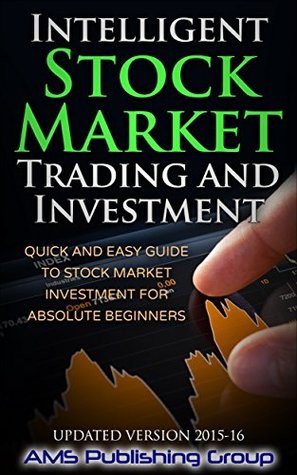More on this book
Community
Kindle Notes & Highlights
Started reading
August 8, 2020
Earnings reports Earnings warnings or pre-announcements Earnings surprises FDA approvals or disapprovals Mergers or acquisitions Alliances, partnerships, or major product releases Major contract wins or losses Restructurings, layoffs, or management changes Stock splits, buybacks, or debt offerings
What are Stocks in Play? I explain in detail later in this book how to find them, but they could be, in no particular order: A stock with fresh news A stock that is up or down more than 2% before the market Open A stock that has unusual pre-market trading activity A stock that develops important intraday levels which we can trade off from
some examples of the fundamental catalysts for stocks that make them suitable for day trading include: Earnings reports Earnings warnings or pre-announcements Earnings surprises FDA approvals or disapprovals Mergers or acquisitions Alliances, partnerships, or major product releases Major contract wins or losses
Restructurings, layoffs, or management changes Stock splits, buybacks, or debt offerings
Pre-Market Gappers Experienced traders are sensitive to being in the right stocks at the right time. As I mentioned, traders are only as good as the stocks they trade. I and the traders in our community use a scanner every morning that is programmed to find Stocks in Play based on the following criteria: Stocks that in the pre-market gapped up or down at least 2% Stocks that have traded at least 50,000 shares in the pre-market Stocks that have an average daily volume of over 500,000 shares
Stocks that have Average True Range of at least 50 cents (how large of a range a stock has on average every day) There is a fundamental catalyst for the stock As a rule, I do not trade stocks with an enormous short interest higher than 30% (the short interest is the quantity of stock shares that investors or traders have sold short but not yet covered or closed out)


